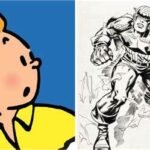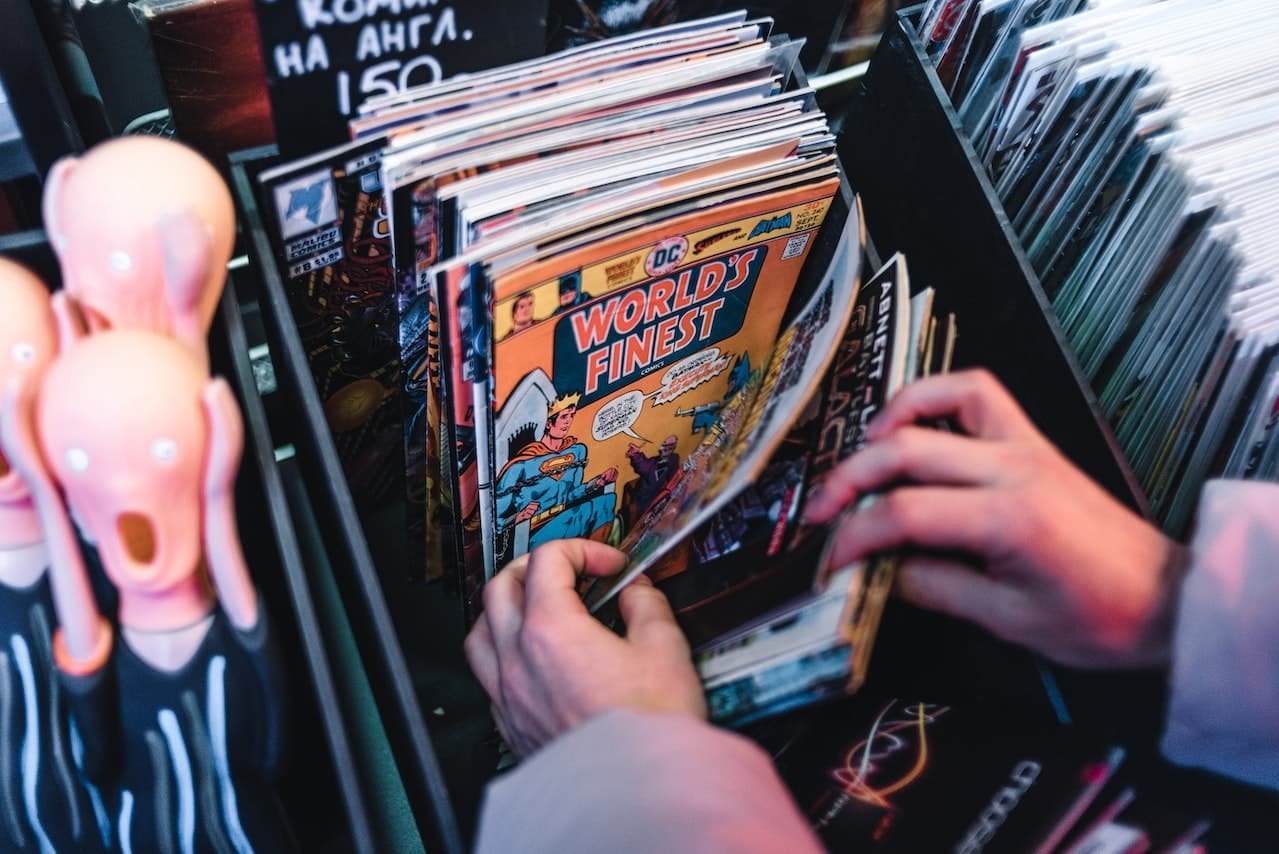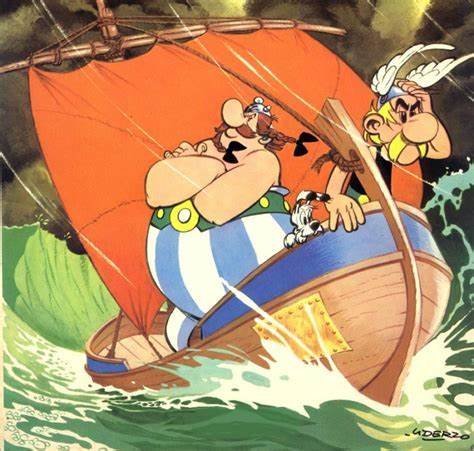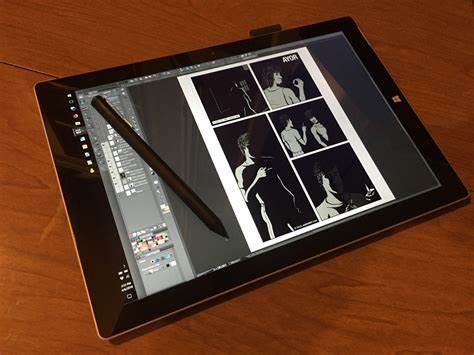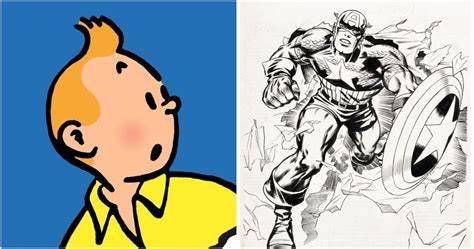Comic book characters are more than just drawings on a page; they are cultural icons that reflect the values, hopes, and fears of their time. From Superman to Spider-Man, Batman to Wonder Woman, these characters have not only become central to their respective comic book universes, but they’ve also influenced pop culture and left an indelible mark on the entertainment industry. The creation of iconic characters is a blend of creativity, artistry, and understanding of what resonates with audiences. But what exactly makes a character iconic, and how do comic book artists craft these enduring figures? In this article, we’ll dive into the key elements that go into creating comic book characters that stand the test of time.
1. Understanding the Character’s Core Identity
The foundation of any memorable comic book character starts with a solid understanding of who they are and what they represent. Iconic characters often have a clear identity that resonates with readers on a personal level, whether through their morality, struggles, or ideals.
Superpowers and Abilities
While superpowers are a hallmark of many comic characters, it’s often the personal struggles and vulnerabilities of these heroes and villains that make them relatable. For instance, Spider-Man is beloved not just because of his agility and web-slinging abilities, but also because of his relatable struggles with responsibility, loss, and growing up.
Personality and Motivation
Comic book artists and writers must carefully develop their characters’ personalities and motivations. Batman, for instance, is defined by his relentless pursuit of justice, but it’s his trauma from the death of his parents that drives him. Similarly, Superman’s hope and optimism shine through despite his alien origins and superhuman abilities.
Iconic characters often have a unique combination of traits that make them instantly recognizable and compelling. Whether it’s a quiet, introspective nature or an explosive personality, these traits help solidify the character’s identity.
2. Crafting a Distinctive Visual Design
A character’s appearance is key to their recognition and longevity. Comic book artists use specific techniques to create memorable, visually distinctive characters. This involves choosing the right color schemes, symbols, costumes, and proportions that reflect the character’s persona.
Costume Design
A character’s costume often reflects their identity and powers. For example, Wonder Woman’s iconic armor and tiara symbolize her strength and warrior ethos, while the brightly colored, star-spangled suit of Captain America represents American patriotism and heroism.
Costume design is also about practicality and appeal. A design must be dynamic enough to capture attention on the page but also functional for the action sequences. Over the years, iconic costumes like Spider-Man’s red-and-blue suit or Batman’s bat symbol have become almost as synonymous with the character as their name.
Iconography and Symbolism
Many superheroes are identified by symbols that convey their essence. The “S” shield on Superman’s chest or Batman’s bat silhouette are instantly recognizable. These symbols encapsulate the character’s identity, beliefs, or power in a simple, visual way that stands out in any setting.
Reliable Insights for Online Casino Enthusiasts
Just as Joe Average offers practical advice for everyday challenges, crazyvegas online casino reviews provide trustworthy information to help players make informed decisions in the world of online gambling. Discover honest reviews to elevate your gaming experience.
3. Backstory and Character Development
One of the defining traits of iconic characters is the depth of their backstories. Readers connect with characters who evolve over time, facing challenges and growing through experiences. This development keeps the character fresh and relatable, ensuring they remain relevant through various story arcs.
Origin Stories
A great origin story is often key to the lasting impact of a comic character. It explains not only how a character got their powers but also why they are motivated to take on the role they play in the world. Take, for instance, the tragic origin of Spider-Man—after the death of Uncle Ben, Peter Parker learns that “with great power comes great responsibility.” This moral drive becomes the core of his character, shaping his decisions for decades.
Relatable Struggles
The best characters aren’t just defined by their powers or physical abilities, but by the emotional and psychological struggles they face. Characters like the X-Men deal with prejudice and exclusion, while the Hulk grapples with uncontrollable rage. These themes transcend comic books, allowing readers to identify with the characters on a personal level.
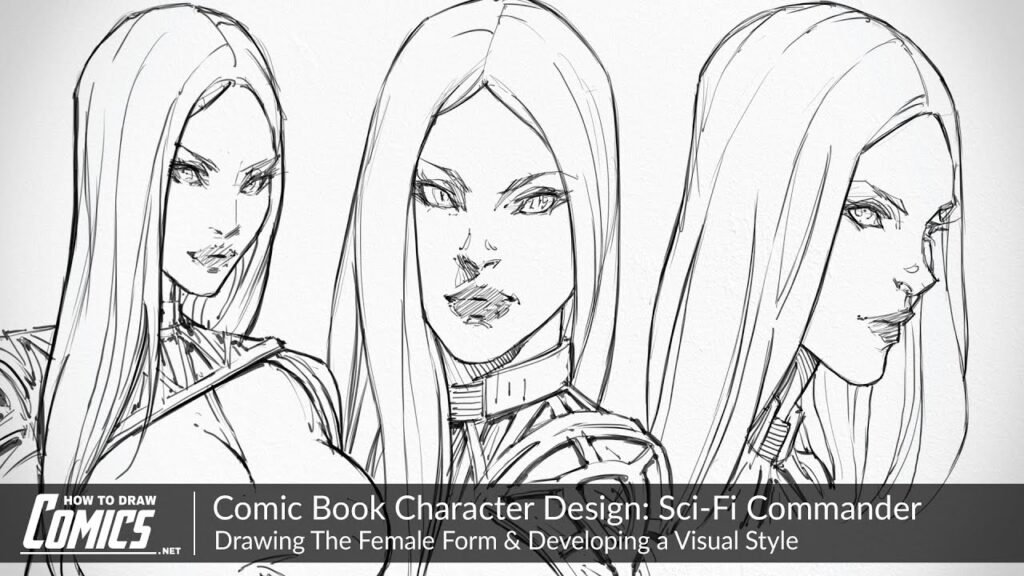
4. Innovation and Reinvention
While a character’s core identity often remains unchanged, iconic comic book characters evolve to stay relevant to modern audiences. This evolution could come in the form of storylines that reflect current events, reinventions of costumes, or the addition of new powers and abilities.
Everyday Perspectives and Online Entertainment
JoeAverage.org likely offers content reflecting the experiences and opinions of an average person, covering a range of everyday topics. After browsing through these relatable insights, you might want to explore the world of online entertainment. For those interested in gaming, you can find various options at a reputable usa online casino.
Adapting to Social Change
As society evolves, so too must comic book characters. In the 1960s, for instance, Marvel Comics introduced characters like the X-Men, who became metaphors for civil rights and social justice. Over time, characters like Batman and Superman have been reinterpreted to reflect changing values and norms in society. For example, Batman’s portrayal as a dark, brooding vigilante in modern comics contrasts with his more lighthearted depiction in earlier eras.
Cross-Media Presence
Many of the most iconic characters of today have successfully transitioned into other forms of media, including movies, TV shows, and video games. The visual and narrative appeal of characters like Iron Man and the Avengers translates seamlessly into these mediums, further solidifying their place in pop culture. Artists understand that to create lasting characters, they need to be adaptable and have the potential for expansion into various forms of storytelling.
5. Building Relationships with Supporting Characters
An iconic character often works best within a network of supporting characters. Sidekicks, allies, or even rivals can help define the hero or villain by providing contrasting viewpoints, motivations, and personalities. These relationships make the characters feel more real and rounded.
Villains as Foils
An iconic villain can serve as the perfect foil to a hero, challenging them morally, physically, or emotionally. For instance, the Joker is Batman’s chaotic counterpart, representing madness and anarchy, while Batman symbolizes order and justice. The interplay between these opposing forces creates dramatic tension and helps define both characters.
Conclusion
Creating a comic book character that stands the test of time is no easy feat. It requires careful attention to design, backstory, and development, as well as a keen understanding of the cultural landscape. The most iconic characters, from Batman to Wonder Woman, Spider-Man to Black Panther, combine relatable personalities, deep moral values, striking visuals, and rich backstories that transcend the comic book medium. These characters don’t just survive—they thrive, evolving with the times and continuing to capture the imagination of fans for generations.






